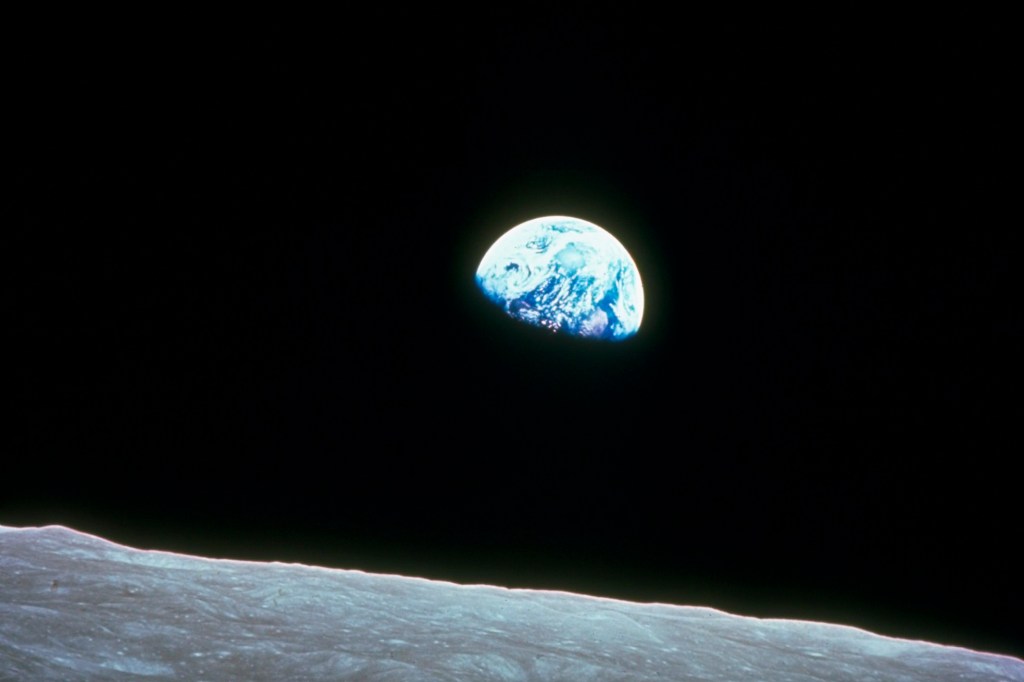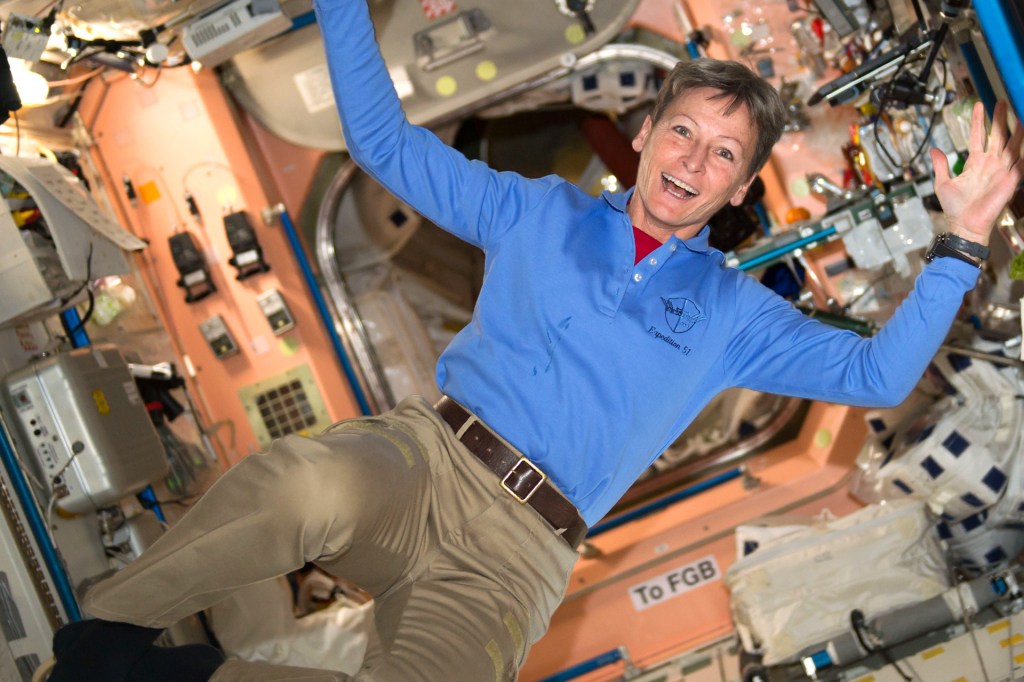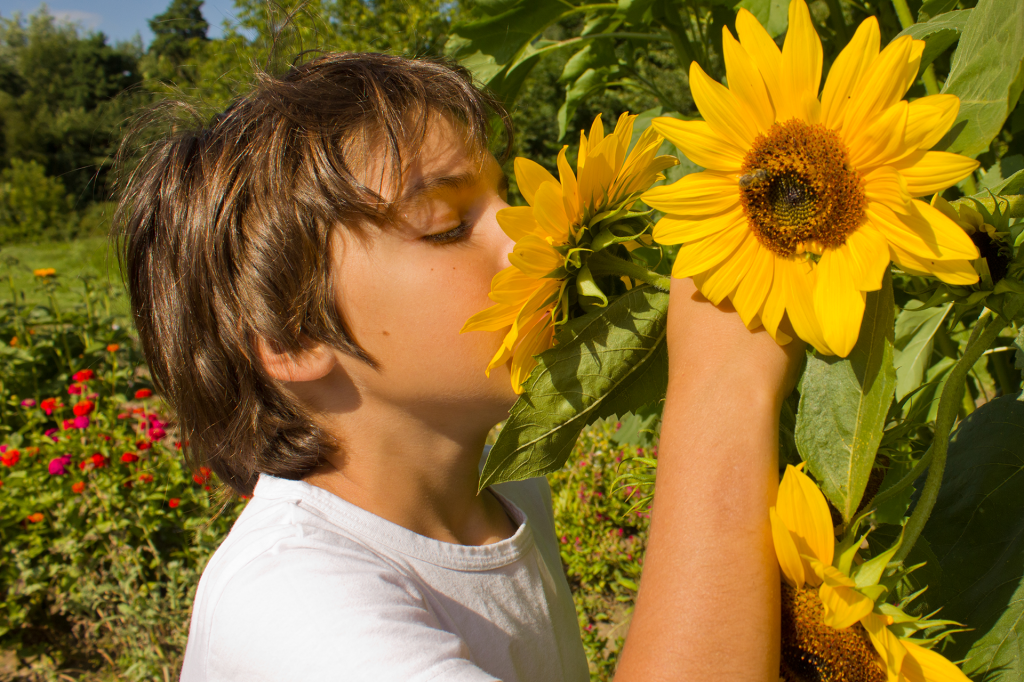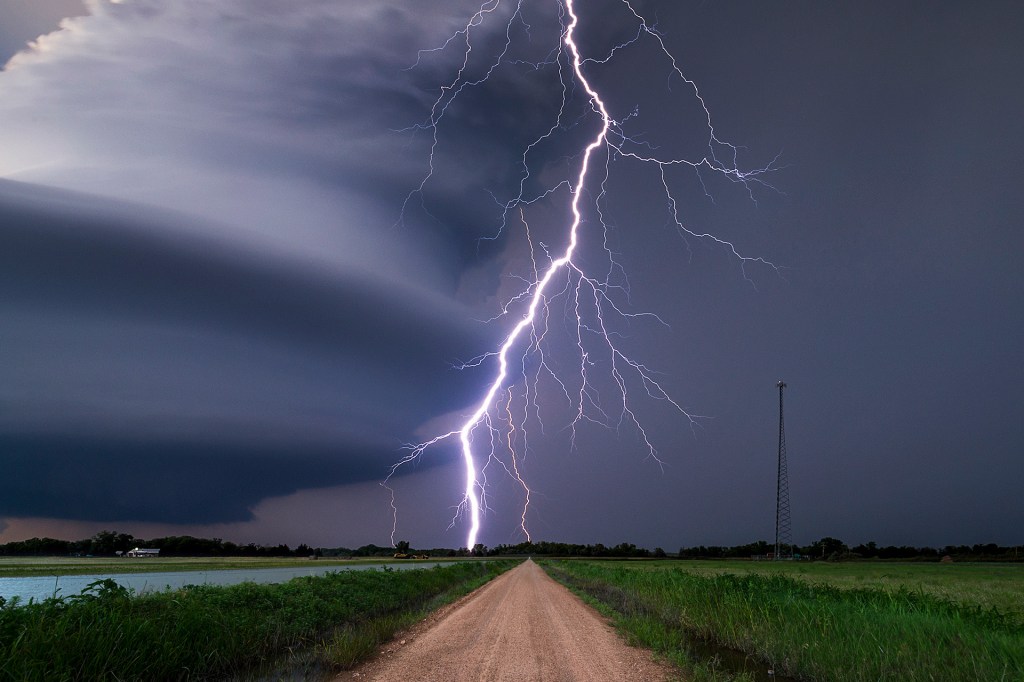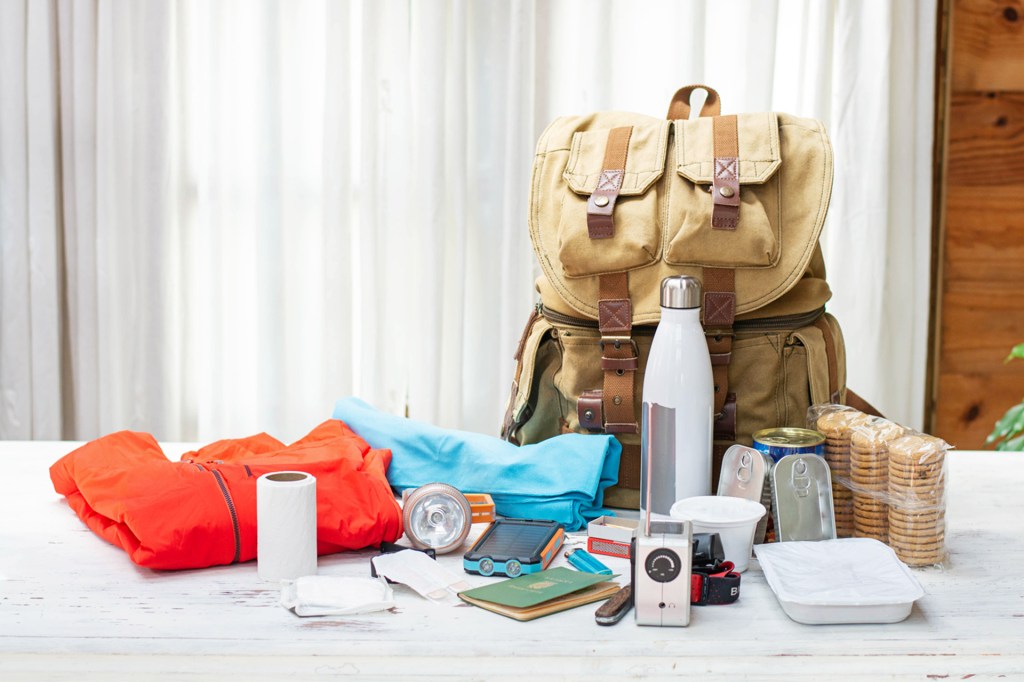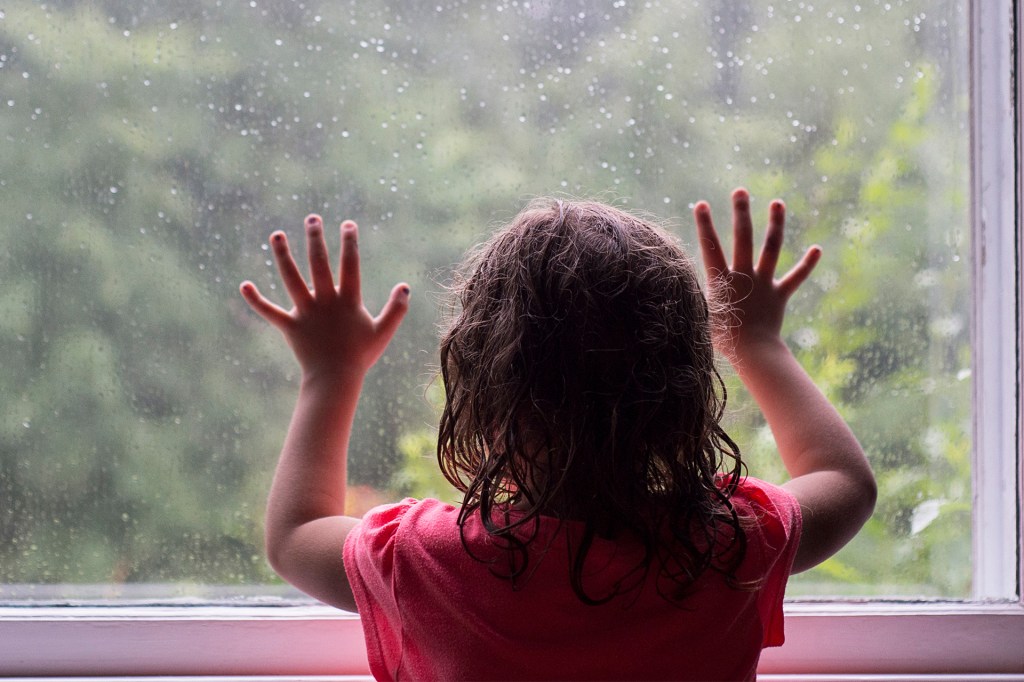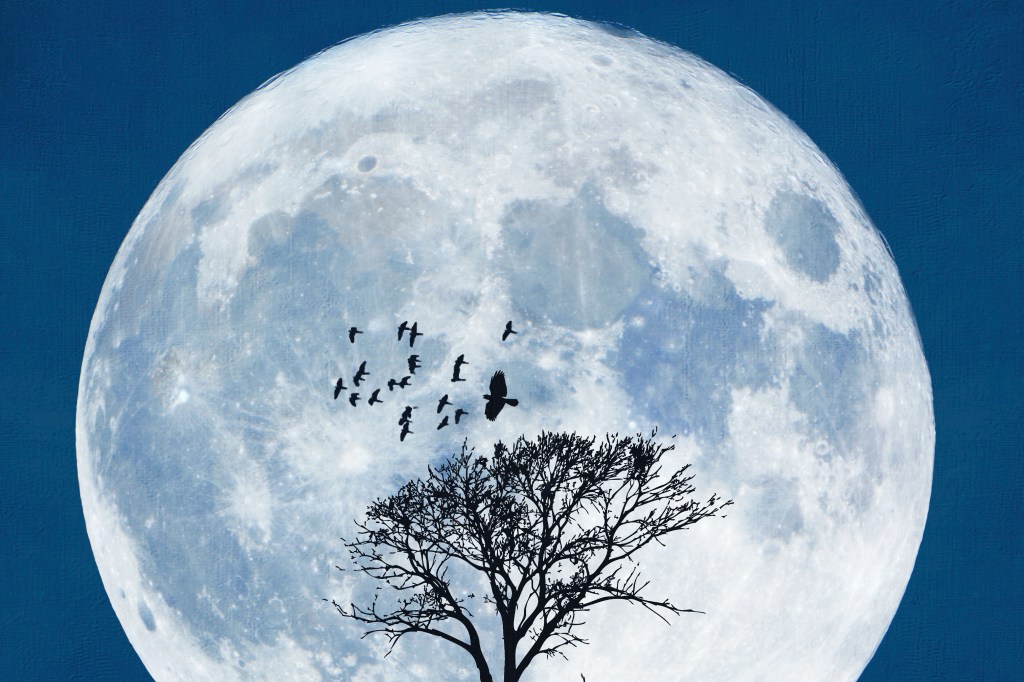
The moon is Earth’s closest neighbor. It is the brightest object in the night sky. Scientists have studied the moon for thousands of years. Learn more about the moon.
The moon is about 4½ billion years old. It is made of rock. It is covered with craters
crater
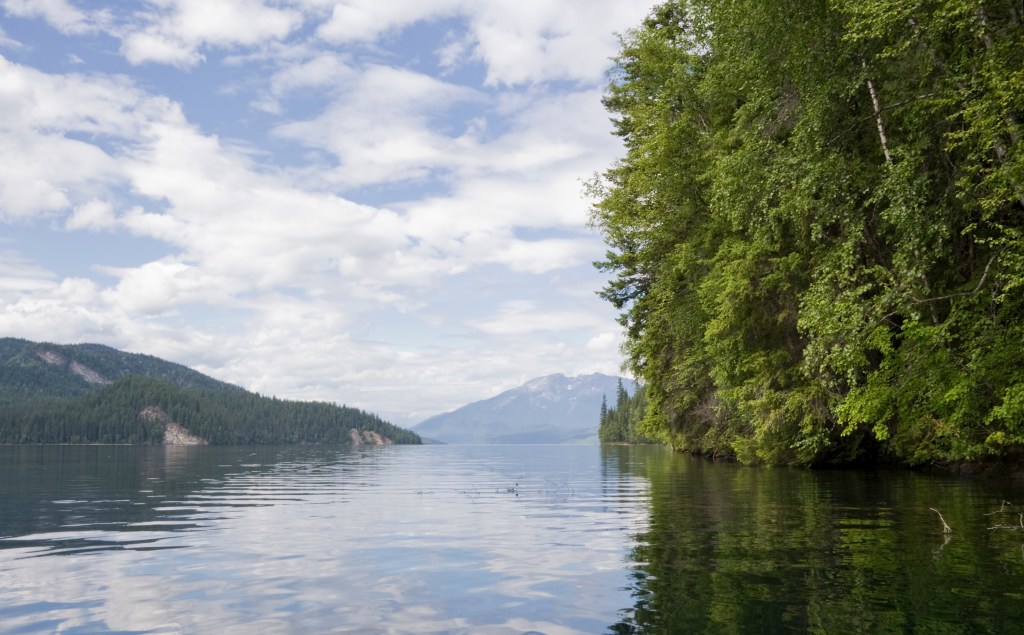 LILLY3/GETTY IMAGES
a large hole in the ground
(noun)
Some lakes, like Canada's Clearwater Lakes, are formed by ancient craters.
. They were made when objects hit the moon’s surface.
LILLY3/GETTY IMAGES
a large hole in the ground
(noun)
Some lakes, like Canada's Clearwater Lakes, are formed by ancient craters.
. They were made when objects hit the moon’s surface.
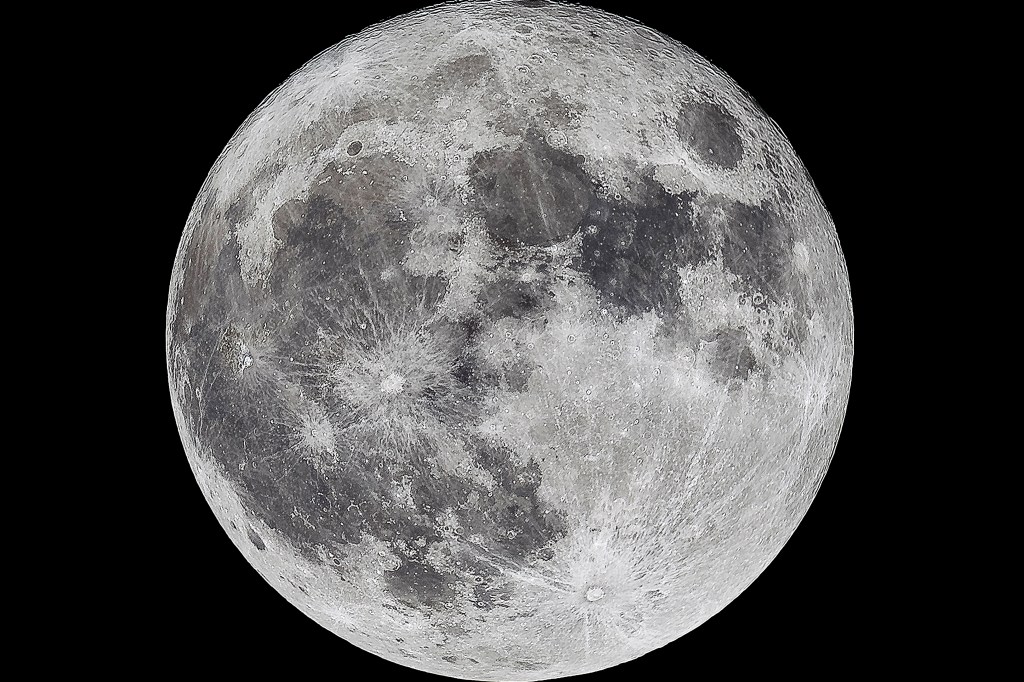
The moon has no weather. That means there is no wind or rain. Footprints left by astronauts could last billions of years.
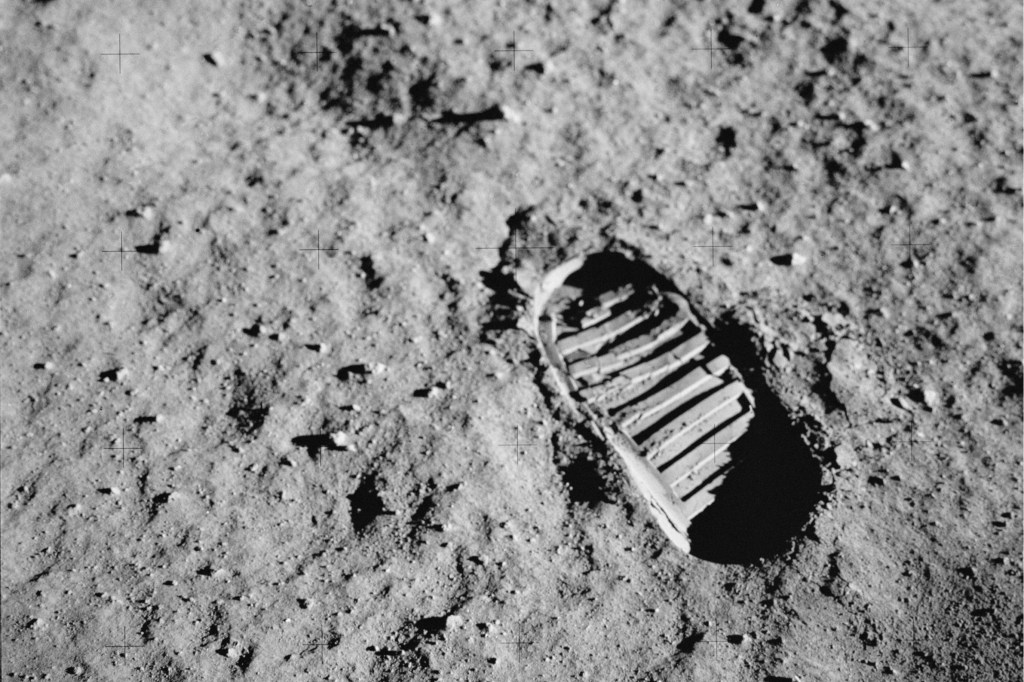
The moon has eight phases
phase
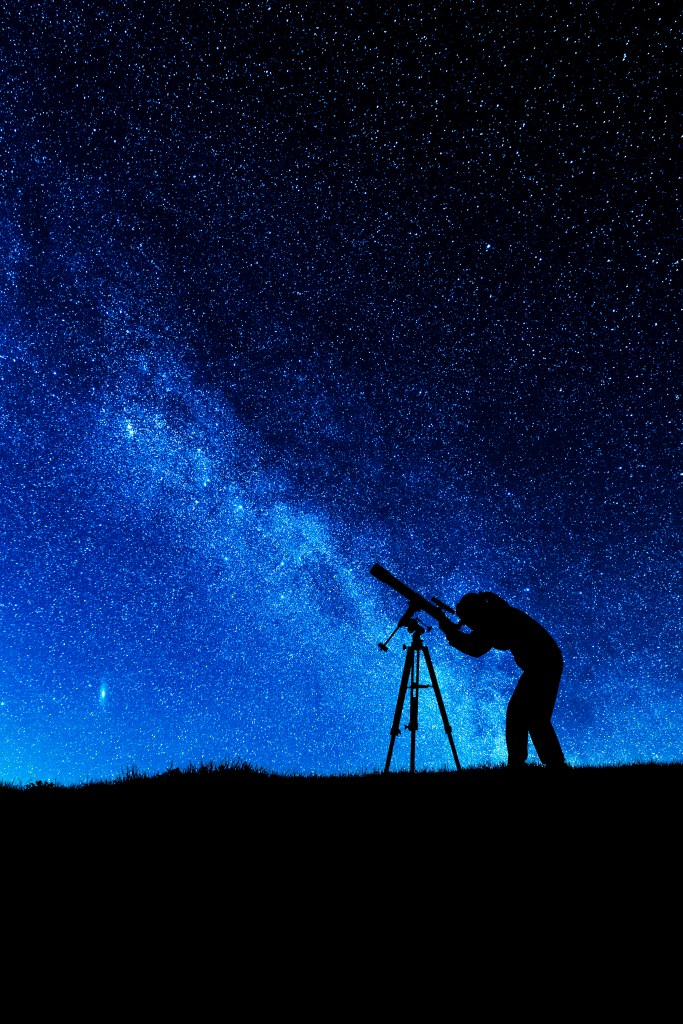 LUCENTIUS/GETTY IMAGES
one part of a cycle of events
(noun)
I keep track of the phases of the moon by looking at the moon through my telescope each night.
. Once a month, we see a full moon. Sometimes we can’t see the moon at all. The shape we see depends on how the Earth, sun, and moon line up.
LUCENTIUS/GETTY IMAGES
one part of a cycle of events
(noun)
I keep track of the phases of the moon by looking at the moon through my telescope each night.
. Once a month, we see a full moon. Sometimes we can’t see the moon at all. The shape we see depends on how the Earth, sun, and moon line up.
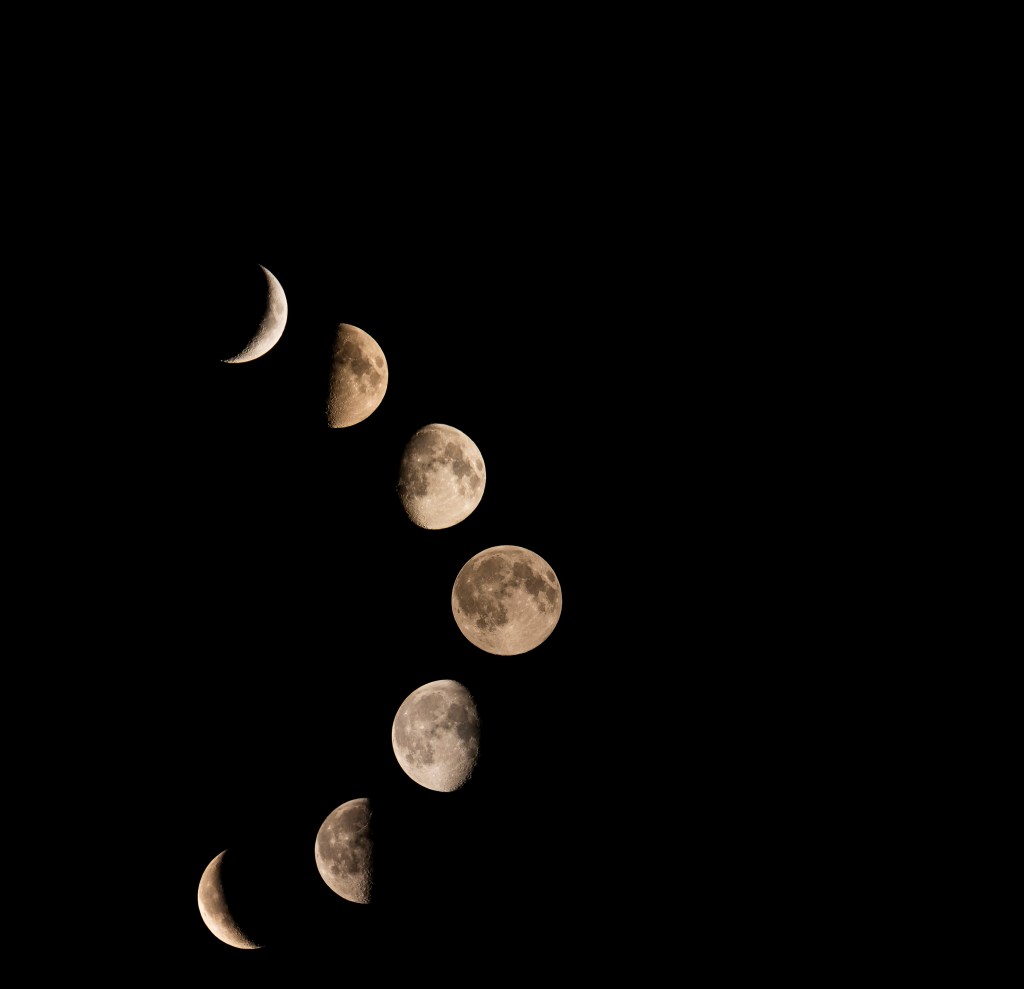
Only 12 people have walked on the moon. U.S. astronaut Neil Armstrong was first, in 1969. He took this photo of Edwin “Buzz” Aldrin.
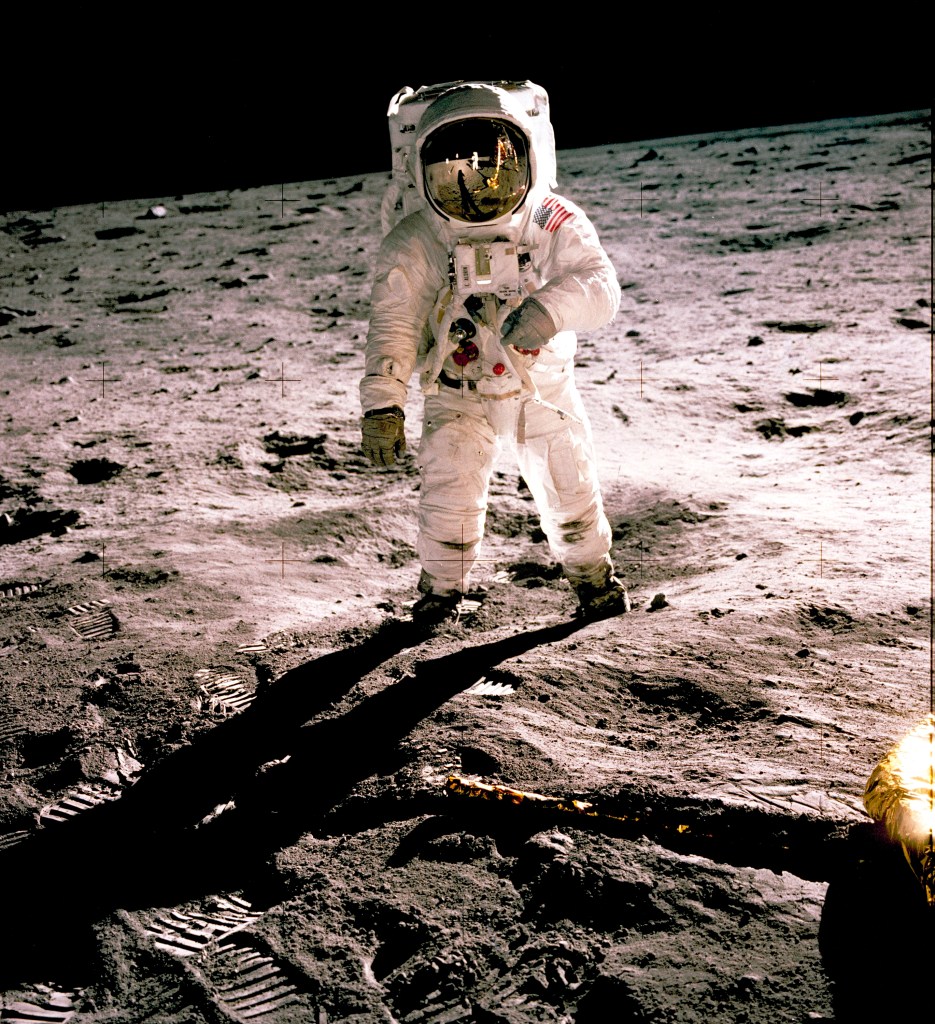
Did You Know?
Astronauts first flew to the moon in 1968. That was 50 years ago. The mission
mission
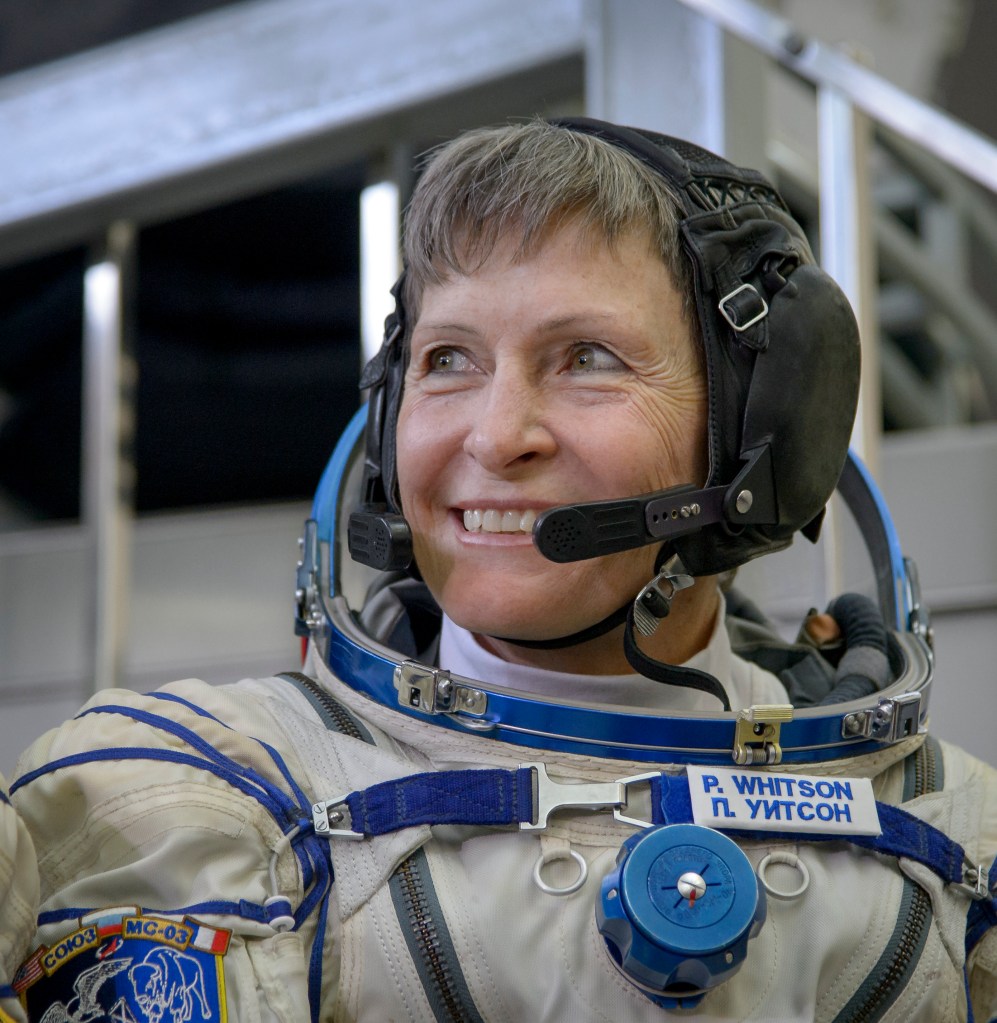 BILL INGALL/NASA—GETTY IMAGES
an assignment; a job to be carried out
(noun)
Peggy Whitson holds the record for the oldest woman to go on a space mission.
was called Apollo 8. One of the astronauts took this famous photo of Earth. What a view!
BILL INGALL/NASA—GETTY IMAGES
an assignment; a job to be carried out
(noun)
Peggy Whitson holds the record for the oldest woman to go on a space mission.
was called Apollo 8. One of the astronauts took this famous photo of Earth. What a view!
